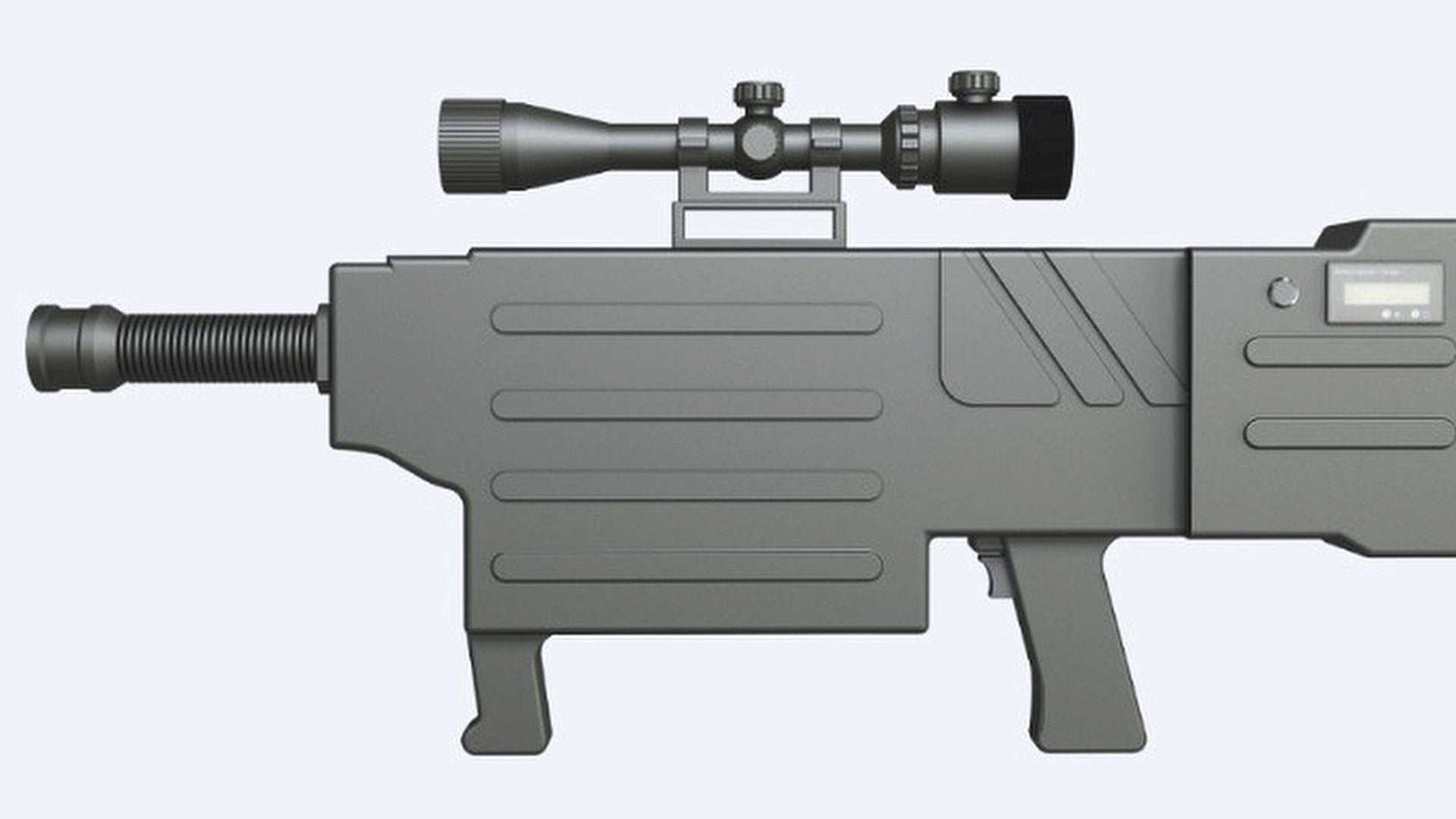Amid a number of reports that its military forces are employing laser weapons to blind American pilots flying in East Africa and the South China Sea, a Chinese state-run research organization says it has developed yet another man-portable “non-lethal” design. However, researchers have also made wildly implausible claims that this “laser assault rifle” will actually be a disorienting dazzler, a pain ray, and a lethal gun that can turn people into smoking piles of ash straight out of a science fiction movie, all in one compact package.
Earlier in July 2018, the South China Morning Post detailed the apparent capabilities of the ZKZM-500 laser weapon, which reportedly weighs less than seven pounds, has a maximum range of approximately half a mile, generates a 15 millimeter-wide beam, and costs around $15,000. The Xi’an Institute of Optics and Precision Mechanics, part of the Chinese Academy of Sciences, says it has already built and tested a prototype of the weapon.
Though Xi’an has described it as a laser that causes temporary blindness, anyone hit with the beam will experience pain “beyond endurance” and it will be able to “burn through clothes in a split second,” unnamed researchers reportedly told the South China Morning Post. “Nobody will know where the attack came from. It will look like an accident,” one of them added.
The prospective roles for such a system would range from law enforcement tasks, such as dispersing crowds and defusing hostage situations, to military applications, such as covertly destroying valuable targets, including fuel storage tanks and radar dishes, or even killing a specific individual.
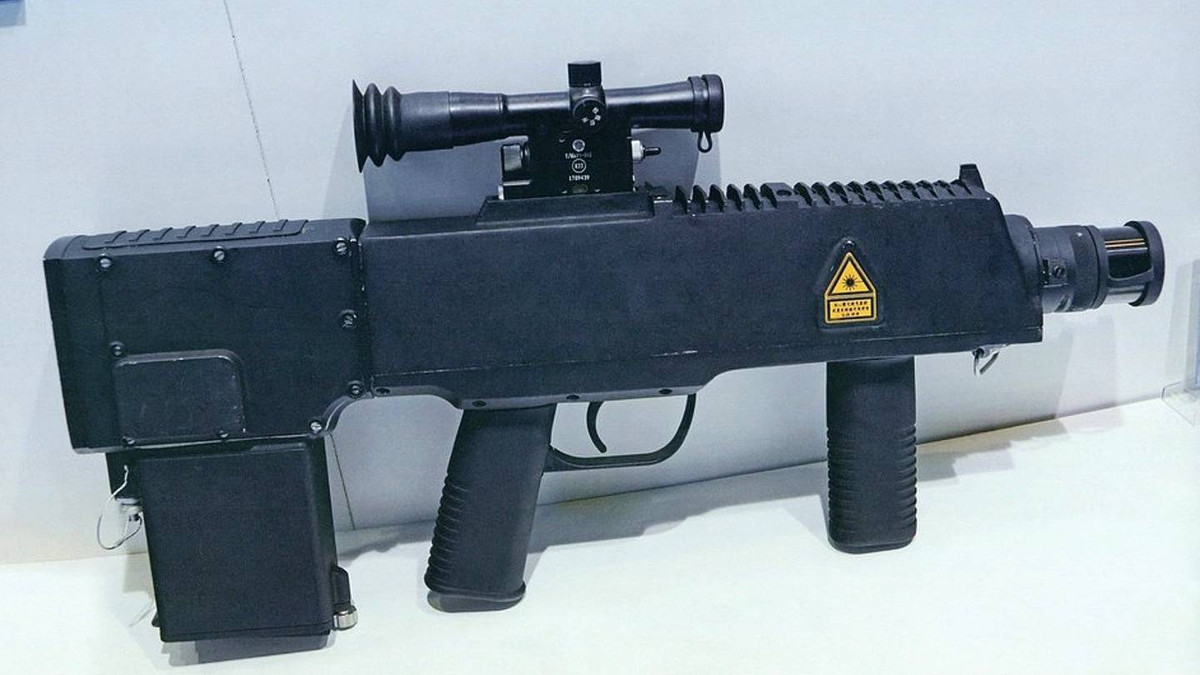
If what Xi’an is claiming is true, the weapon would represent a revolutionary leap in both laser research and military technology. Existing directed energy weapons able to destroy hostile targets, or even generate a painful less-than-lethal energy beam, require significant power sources and bulky infrastructure that have made them too big for any single person to reasonably carry.
These lasers and particle beams often have to focus their rays on a particular target for an extended period of time to achieve the desired effect, as well. The team at Xi’an claims that the ZKZM-500 needs only a standard lithium-ion battery to provide power for more than 1,000 two-second bursts, which will be enough to create the desired effects.
“This is no longer science fiction,” Wang Zhimin, an associate researcher at the Chinese Academy of Sciences’ Research Centre for Laser Physics and Technology, told the South China Morning Post. “They are already a fact of life.”
But Wang isn’t involved in the ZKZM-500 project in any way. In addition, it’s not clear if he was responding to questions from the Hong Kong-based newspaper regarding that weapon specifically or the increasing miniaturization of powerful electronic systems in general.
None of this is to say that the Chinese government isn’t investing heavily in advanced technologies with already impressive results. The country is making very visible strides in the fields of hypersonic weapons, electromagnetic railguns, low observable manned and unmanned aircraft designs, artificial-intelligence driven
drone swarm technology, and more.

In each one of these cases, though, the resulting products have largely reflected other existing, if particularly advanced developments. The Chinese People’s Liberation Army Navy’s prototype railgun is of a similar size to experimental systems in other countries. China’s stealthy jets and drones reflect general trends in the development of such aircraft worldwide, too.
The computer-generated image of the ZKZM-500 that Xi’an has released looks similar in most respects to more than a half-dozen other man-portable laser dazzlers that the Chinese military and other security forces have been experimenting with for years. Just in June 2018, the Chengdu Hengan Police Equipment Manufacturing Company released its own laser “machine gun” that emits rapid pulses, but without any claims that it does more than just disorient individuals.
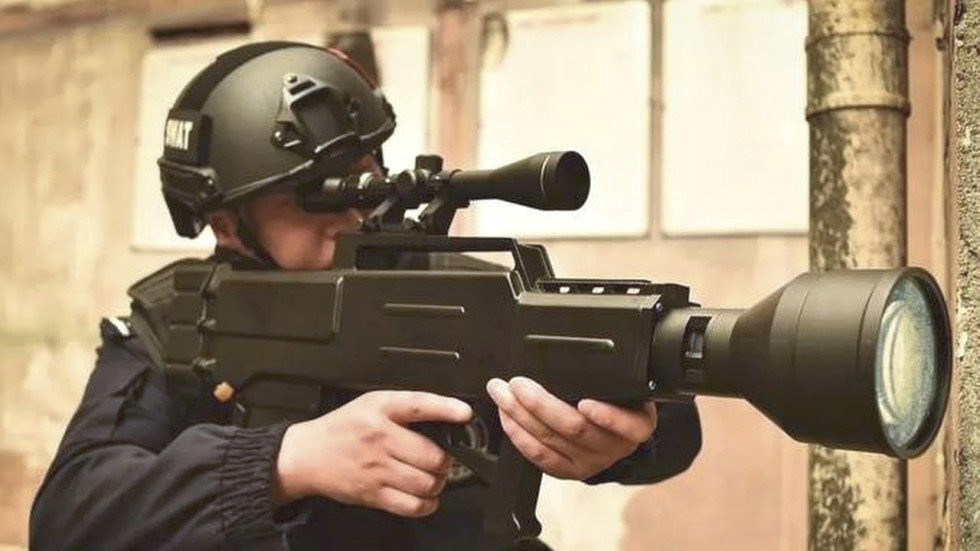
One of the older types, the WJG-2002, also has a size and shape reminiscent of the country’s standard, bullet-shooting QBZ-95 assault rifle. This is likely to both make it easier for troops to carry and to make it less likely for enemy forces to quickly isolate an individual carrying the system and focus their fire on them.
The Chinese have never before claimed that these weapons are laser rifles capable of “carbonizing” opponents or seriously disfiguring them, as the researchers implied to the South China Morning Post. With an international law banning any such system that deliberately causes permanent blindness, China has actually been especially careful to insist that these weapons are non-lethal and have no lasting effects on humans.
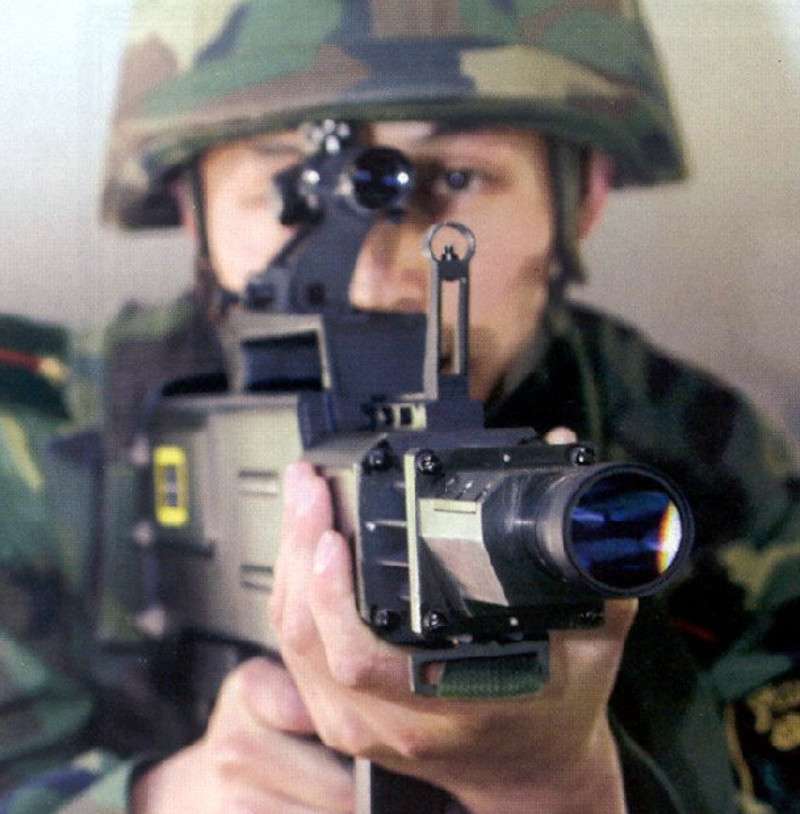
Even if the ZKZM-500 does what the scientists at Xi’an say it does in test environments, there’s no guarantee that this would work, or do so consistently, in a real combat or riot control scenario. Directed energy weapons all suffer from the reality that their beams diffuse at longer ranges and are easily weakened by dust and other particulate matter in the air, which makes them less powerful and accurate against targets at even moderate distances.
The United States has been hard at work on various less-than-lethal directed energy weapons for so-called “active denial” purposes to help disperse mobs and rioters. Microwave “pain rays” and high-powered “audio spotlights,” among other technologies, have already proven controversial specifically because of the potential inconsistency of the effects, which many worry could lead to lasting injuries.
The video below shows a public test of the U.S. military’s Active Denial System, a microwave less-than-lethal directed energy weapon.

While Chinese authorities might not be as concerned about inadvertently harming someone, they are undoubtedly interested in weapons that do what they’re supposed to do reliability. You don’t want to hit someone with a laser set to “stun” and have them burst into flames. The weapon would also need to be able to generate sufficient power to create a useful effect at longer ranges without burning up itself.
“To make this work, you need a serious battery pack, some even more serious capacitors, optics that can take all this without turning back into sand at these energy densities, and rugged enough that you can treat this like military hardware,” Phil Broughton, who works on radiation safety at the University of California at Berkeley and holds a certification from the Board of Laser Safety, told C4ISRNET. “This is a ‘best case scenario operation only’ weapon if there ever was one.”
Broughton also noted that if the weapon is as small as Xi’an claims it is and has the capabilities the institute says it does, if it were to fail, it could be just as hazardous to the operator as any potential opponent. But it’s also not clear whether the researchers, or any other arm of the Chinese government, are even really claiming that the ZKZM-500 can achieve these effects in its present, officially “non-lethal” form or whether those capabilities are potential goals for future developments.
According to the South China Morning Post, the Public Service Platform for National Civil-Military Integration, a website that exists to foster cooperation between the military and commercial sectors, hosted a document with additional information about the weapon. Its contents sound very much like a wishlist of potential effects.
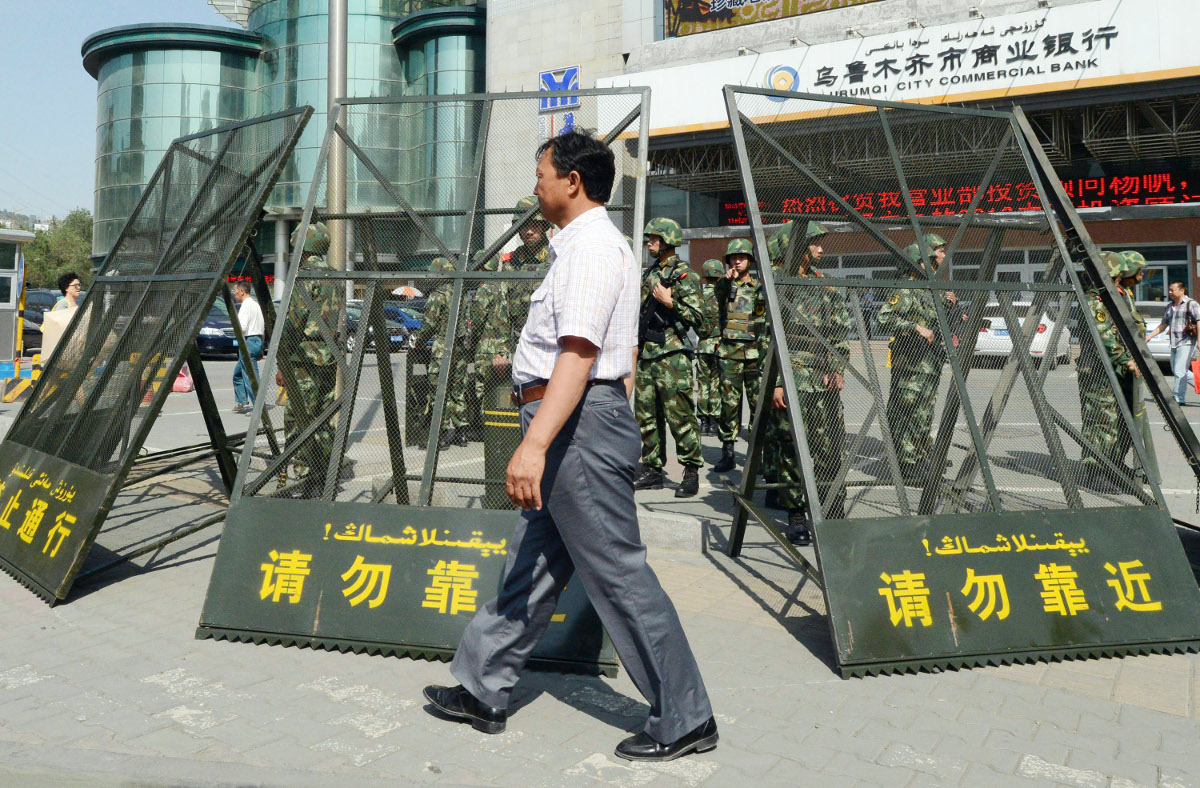
The weapon could help disperse illegal protests by igniting banners, causing unbearable pain, or even setting people on fire so that they lose “the rhythms of their speech and powers of persuasion,” the review reportedly suggests. In a hostage situation, you could try to fire a laser beam through a window from a safe position to try and set the criminals alight.
In addition, the paper said the unnamed researchers at Xi’an acknowledged themselves that a single two-second burst from the weapon wouldn’t be enough to create any lasting damage or kill someone. The clear implication here is that the laser could cut through a person “like a surgical knife,” but only if they were content to stand in one particular spot for a protracted period of time.
That’s not to say that the ZKZM-500 might not indicate that the Chinese military or internal security forces are very interested in developing some sort of more multi-purpose or combat-capable laser rifle. What the researchers at Xi’an seem to have created at the moment is a new hand-held laser dazzler that might be able to do more damage if the user can hold it on target for an extended period of time, though.
And depending on just how useful the ZKZM-500 is in reality, we could soon see it in action in China’s Xinjiang province, which the country has already been increasingly clamping down on dissent and unrest among the Turkic Islamic Uighur minority group at near-dystopian levels. From what we know about the laser’s likely capabilities, it seems to fit in well with the Chinese government’s draconian security presence in this region. It could also offer another means of discreetly harassing American and other foreign military forces in areas, such as the South China Sea, where China is looking to expand its influence and outright control.
Thankfully, a future in which Chinese troops are carrying “laser assault rifles” that can realistically burn through targets, human or otherwise, from a half a mile away still seems to be a ways away.
Contact the author: jtrevithickpr@gmail.com
